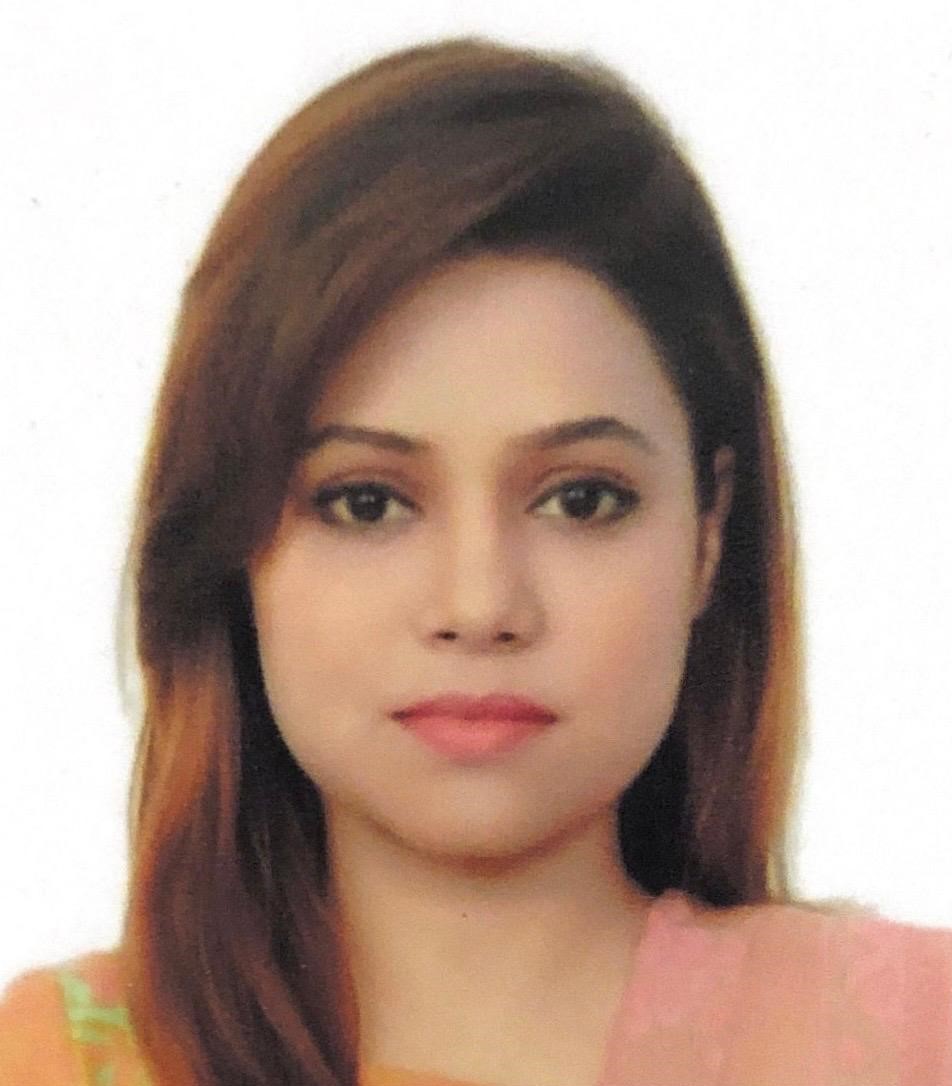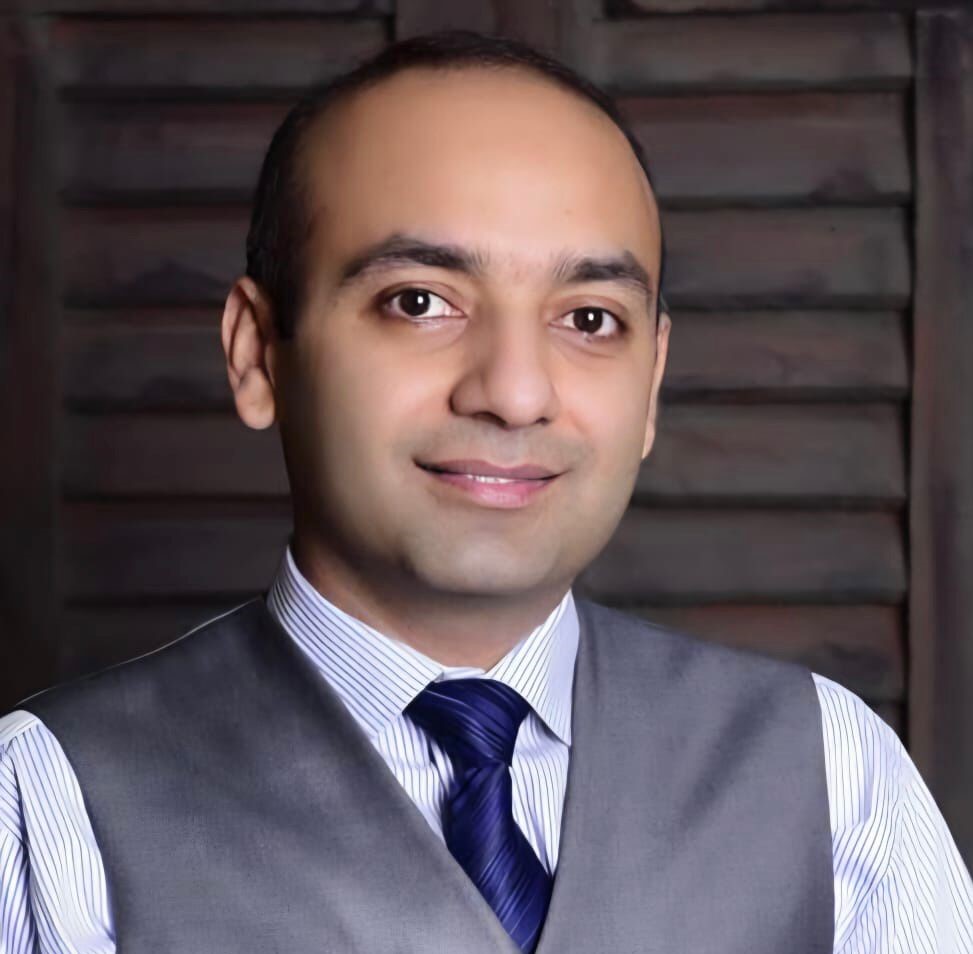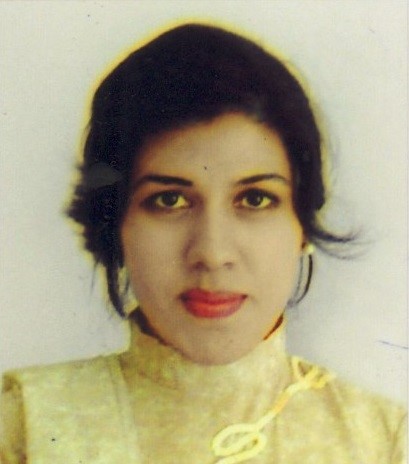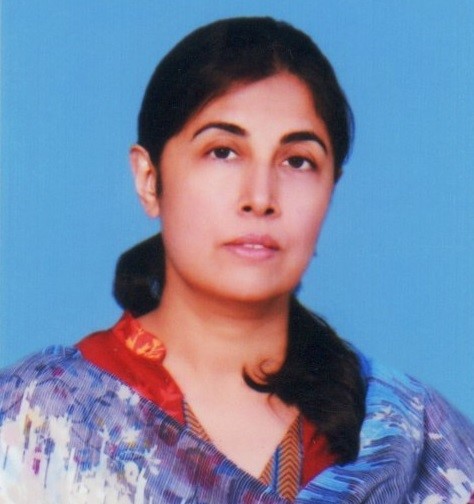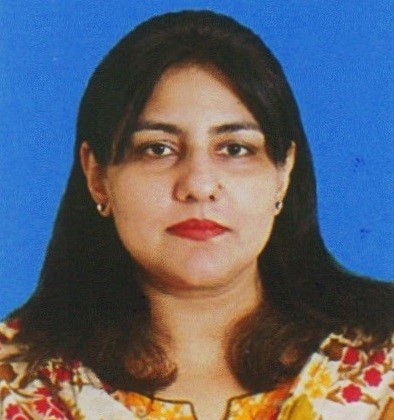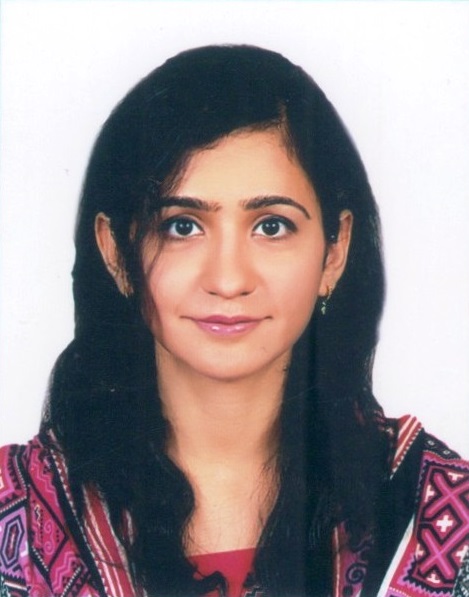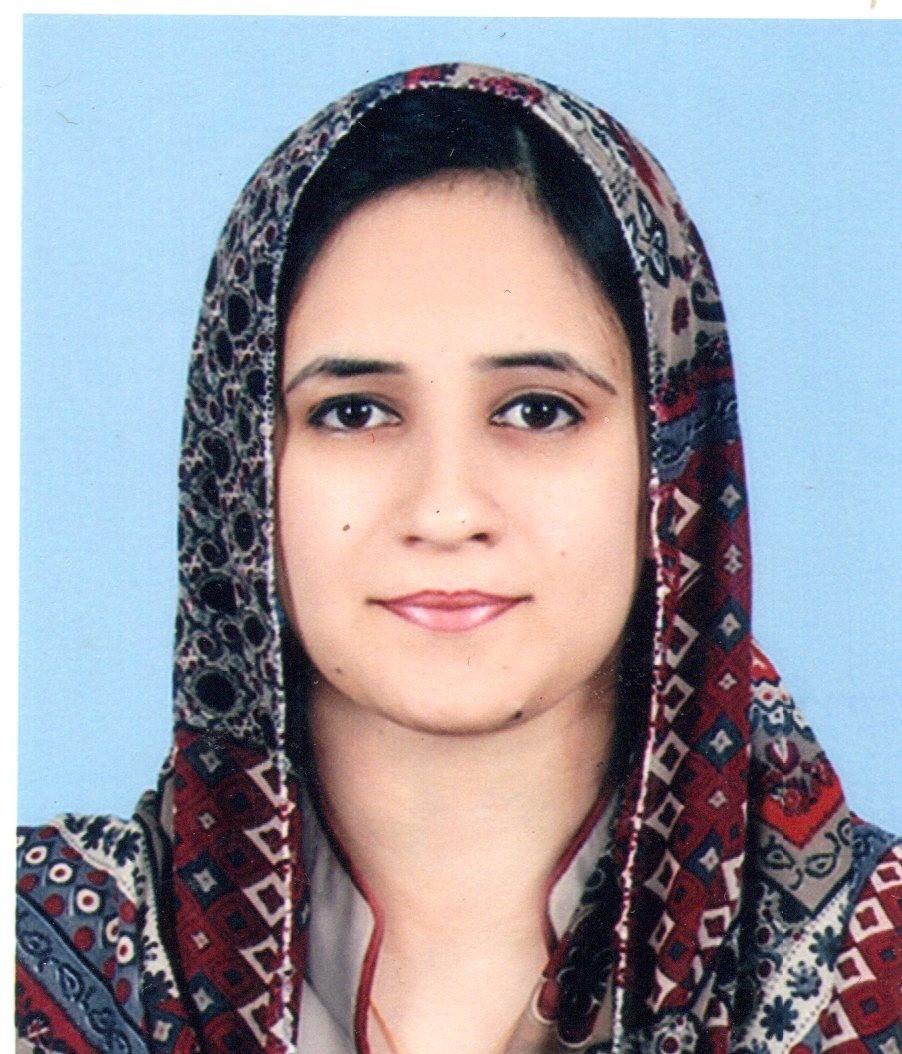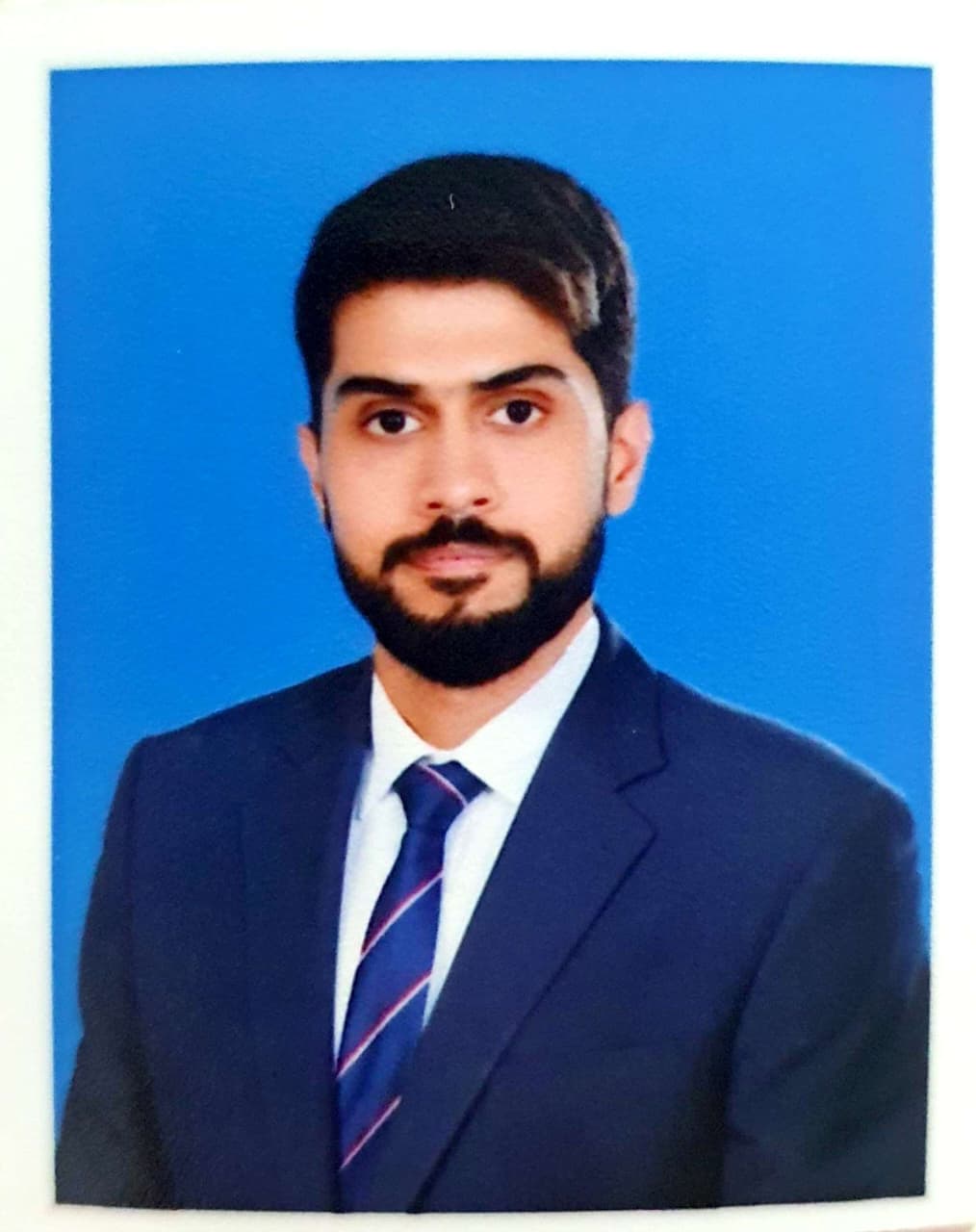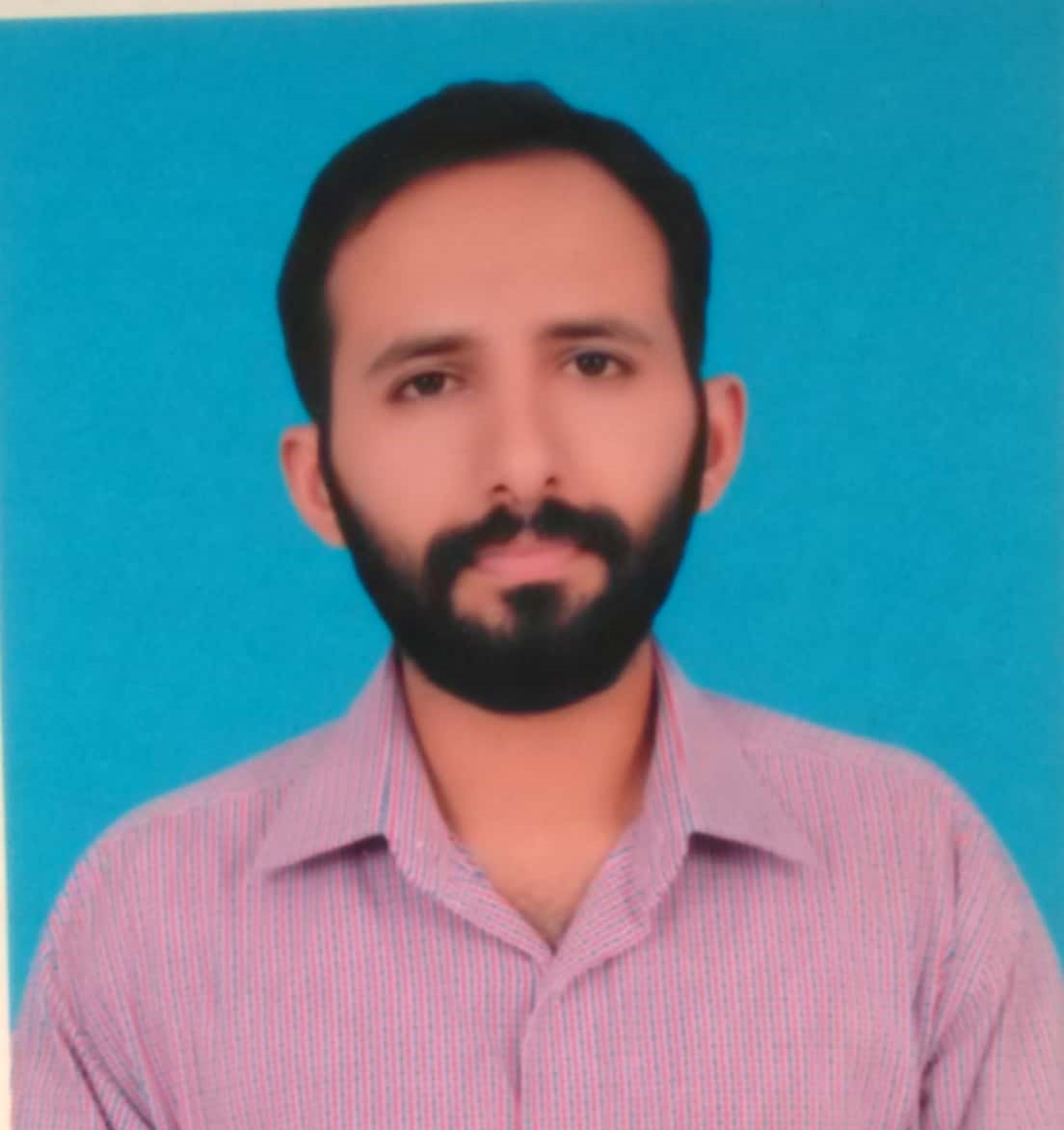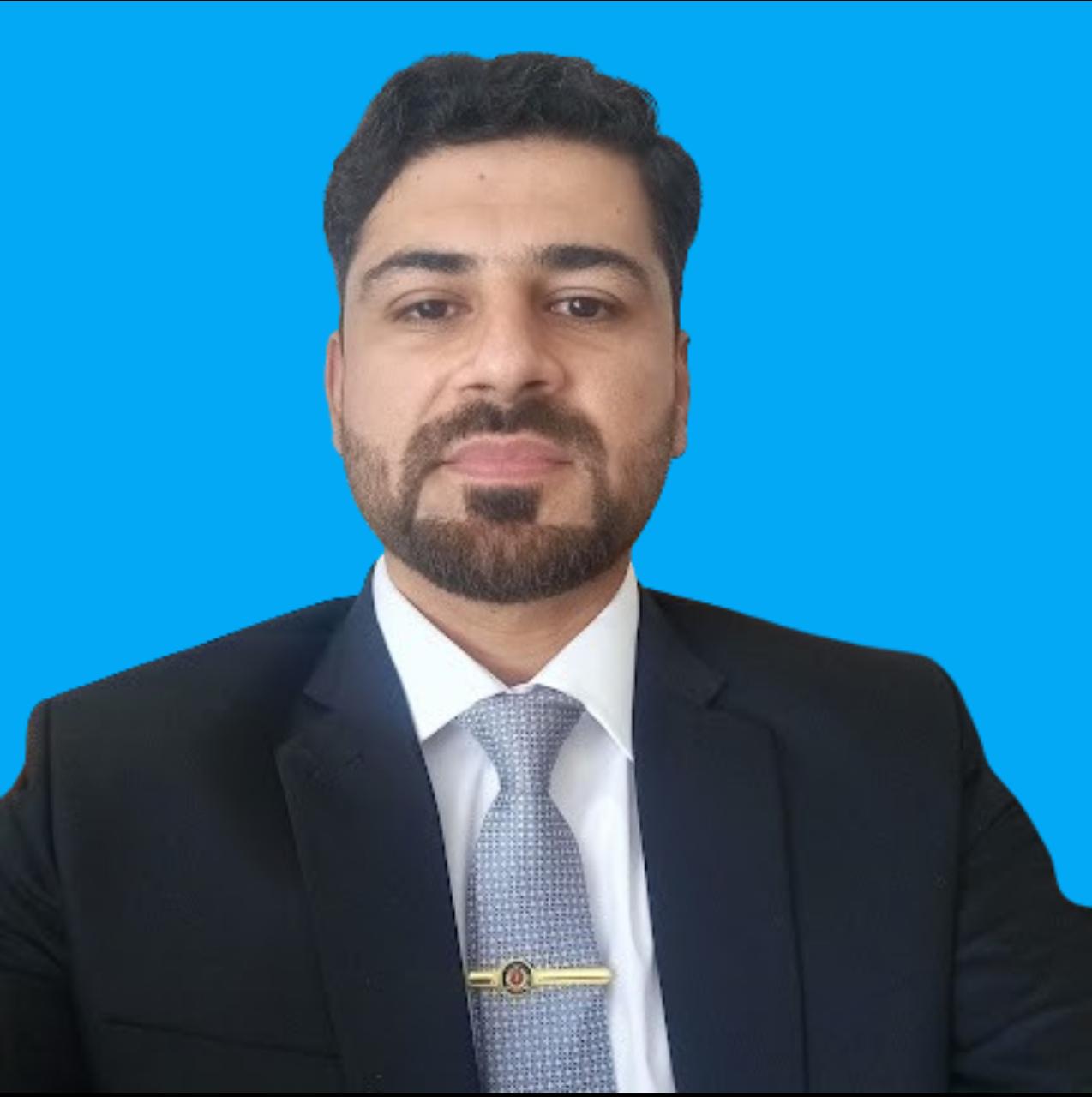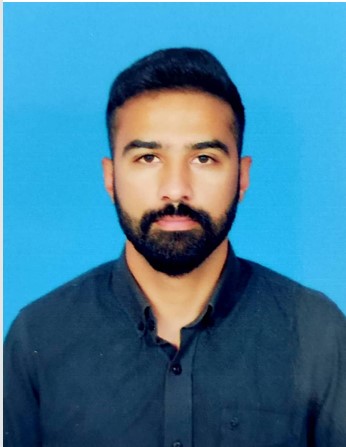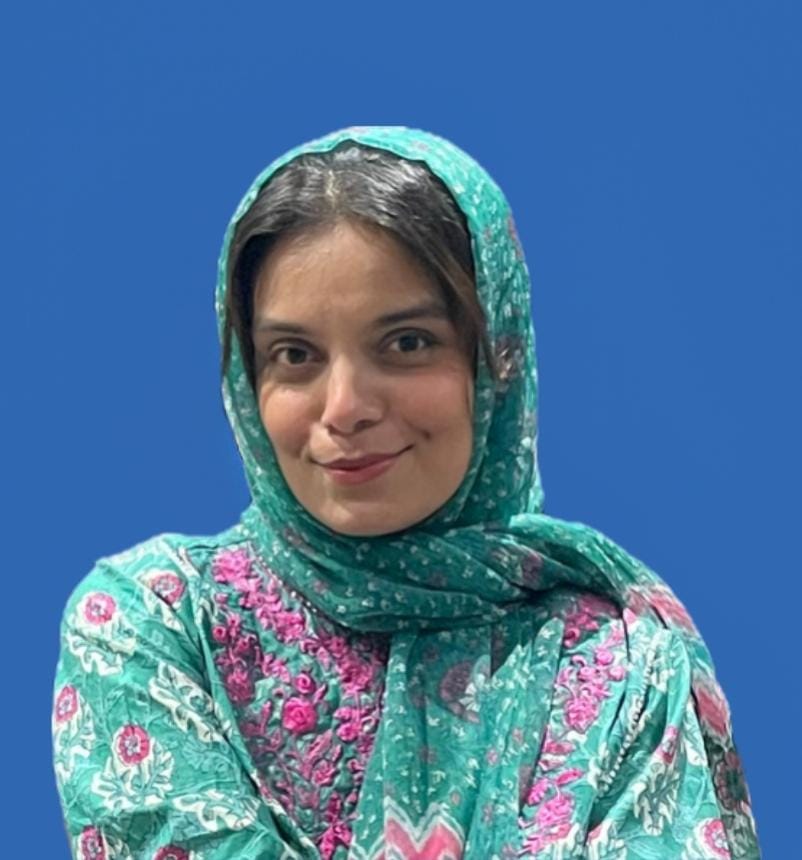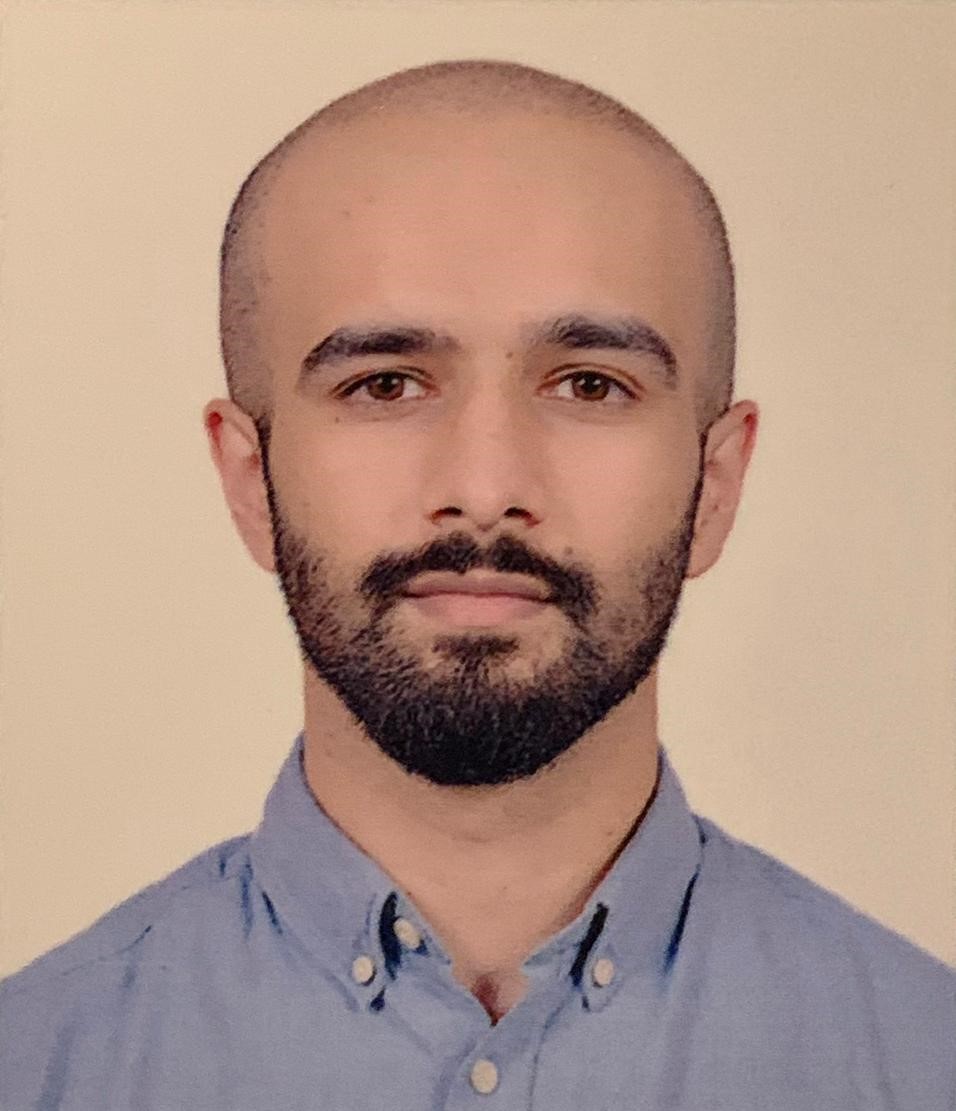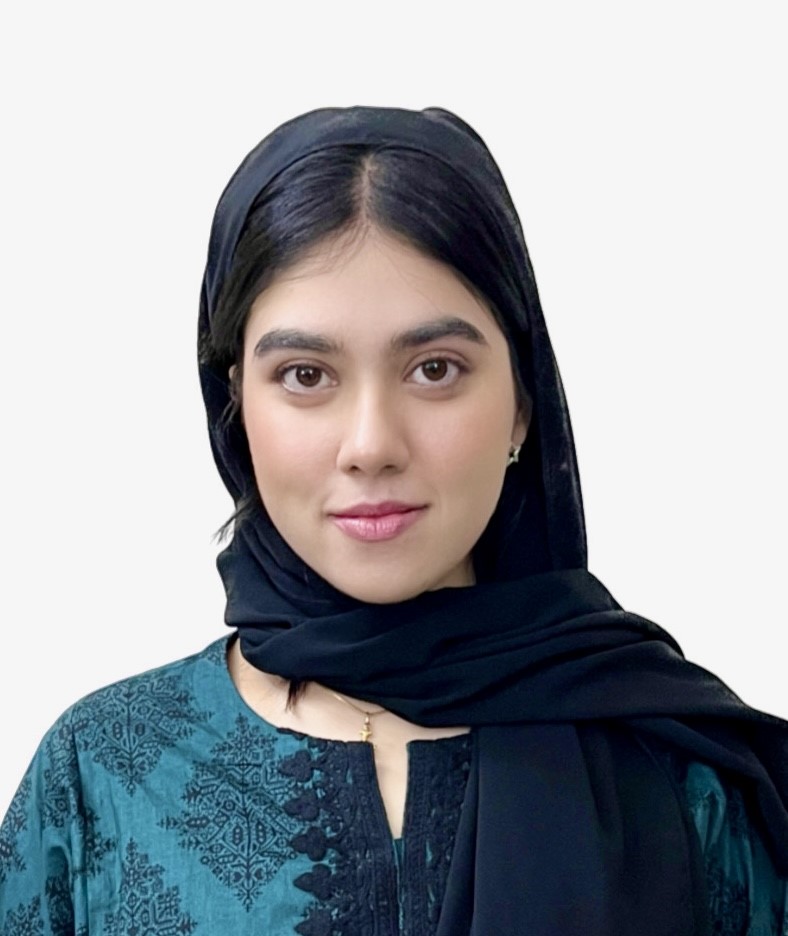Department of Community Medicine
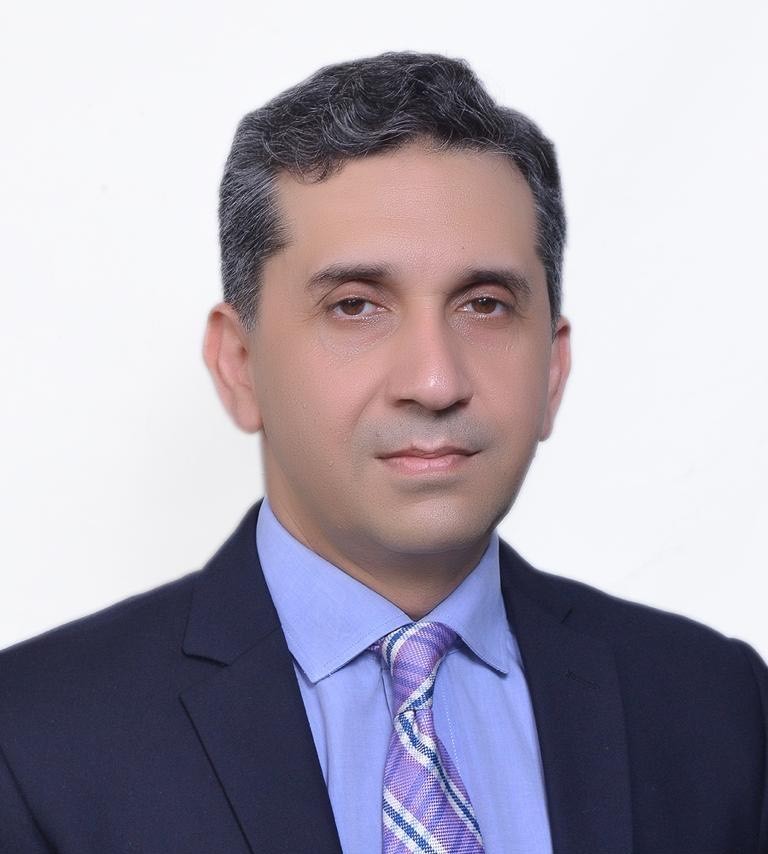
Message from the HOD
Introduction
The Department of Community Medicine has an energetic faculty of 15 members boasting national
and international qualifications and comprising:
• 1 Professor
• 2 Associate professors
• 3 Assistant professors
• 8 Demonstrators
The faculty is engaged in various research activities committed to realizing the vision of the Department of Community Medicine, which is to improve local community health by creating and disseminating new knowledge and practices through community engagement; translating current knowledge to inform policies and mentoring future academics and practitioners in public health. To this end, the faculty is deeply engaged in undergraduate, graduate and postgraduate research, not just to generate, synthesize and disseminate evidence-based knowledge but also to translate its public health work into applied policies. Currently, the department is recognized for FCPS/MCPS (Community Medicine) and MPhil programs. Recognition for PhD in public health is also underway. Additionally, the faculty is regularly involved in the public health module of MSc medical administration and PHA (Preventive Health Assistants) courses at AFPGMI (Armed Forces Post Graduate Medical Institute).
Public health practice continues to receive cumulative attention in the post-pandemic world and the department is committed to strengthening its military and civilian field sites to support undergraduate, graduate and post- graduate training programs, faculty research, service delivery and community engagement programs. The Department was actively engaged in policy formulation and dialogue with federal and provincial governments to aid the national healthcare system response to COVID-19. The Department will aim to engage further with its national peers while also working actively to develop partnerships at the international level, under the umbrella of National University of Medical Sciences.
The Department is committed to collaborating with departments within Army Medical College, institutions within the National University of Medical Sciences and with other academic institutions locally and globally.
Outline of the Course
The 4th year Community Medicine and Public health curriculum is designed and evolved taking into consideration constructivist, behaviorist and some elements of cognitivist approach. It has recently been updated with the introduction of clerkship model, emphasizing practical exposure, modular learning, and integration of theory with field practice. The curriculum is structured around continuous assessment throughout the course, spanning a total duration of 40 weeks. The program is divided into three teaching blocks, each lasting 12 weeks, followed by one week for end-block examinations. Within each block, a mid-block assessment is conducted to monitor progress. After completion of the three blocks, students undergo a pre-annual assessment, which includes a written examination, OSPE, and viva voce. The academic year concludes with the Annual Examination conducted under the National University of Medical Sciences (NUMS).
In line with the principles of Community-Oriented Medical Education (COME), the Clerkship Module is a blend of
small group learning with field immersion activities beyond the classroom revolving around the following six
thematic areas:
1. Health Education and Communication / Healthcare System in Pakistan
2. Epidemiology and Biostatistics
3. Maternal, Newborn, and Child Health / Family Planning
4. Communicable Diseases Epidemiology
5. Non-Communicable Diseases Epidemiology / Nutrition / Environment
6. Occupational Health and Disaster Management
The department is also running a structured Research Methodology program with vertical integration beginning from 1st year MBBS and continuing through the 4th year MBBS. This culminates in a comprehensive research project at the end of the 4th year, fostering evidence-based learning and preparing students to address Pakistan’s public health challenges.
Our Faculty
1
Professors
2
Associate Professors
3
Assistant Professors
9
Demonstrators









